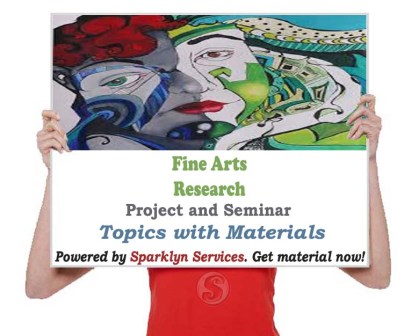1.0 Introduction
When a phrase like this is raised La’ pieta a several question will come to peoples thought or mind. What do we mean by La’ Pieta? Great deals of works have been done about the La’ Pieta.
La’ Pieta refers to the subject of Christ in the Lap of his sorrowful mother, the Blessed Virgin Mary, after He had been crucified and removed from the cross. During the Renaissance period, the Pieta was a very common theme in France and Germany. So when the French cardinal lean de Bilheres Lagraulas approached the young Michelangelo to create a sculpture for the cardinal’s future tomb in old St. Peter’s Basilica, the subject was not a surprise issue. What amazed people were how Michelangelo used the marble stone to capture theme.
In the sculpture, Jesus is draped in bet ween Mary’s Lap as she looked down upon His body in grief. Whereas most Italian artists portrayed Christ during His crucifixion and emphasized His wounds and suffering, Michelangelo’s sculpture is calm and almost tranquil, but still full of sadness.
In this Pieta, the artist tried to display the wounds on Jesus hand and feet from being nailed to the cross are small. He looks almost as if he has fallen asleep, not being the victim of violence. The focus is on the relationship between Christ and His sorrowful mother, was captured here.
Besides the structure which is pyramidal and the vertex coincide with Mary’s head, the status widens progressively down the drapery of Mary’s dress, to the base the risk of Gologotha. The figures are quite out of proportion, owing to the difficulty of depicting a fully-grown man cradled full-length in a woman’s Lap. Much of Mary’s body is concealed by her monumental drapery and the relationship of the figures appears quite natural. The artist’s interpretation of the Pieta was different from those previously created by other artiste. He sculpted a young and beautiful Mary rather than an older woman around 50 years of age.
The marks of the crucifixion are limited to very small nail marks, an indication of the wound in Jesus’ side.
Christ’s face does not reveal signs of passion. The researcher did not want his version of the pieta to represent death. But rather to show the religious vision of abandonment and a serene face of the son.
Modeling according to Michelangelo, is a method of shaping an object or figure by adding and subtracting into in stage which can be done on: cement, fiberglass, plaster of Paris (Pop) clay etc just like the artists choice of concrete in his project. There are four ways through which the sculpture piece can be achieved these include.
Carving (Removal). Assemblage, installation, and Construction Modeling (adding) and subtracting finally casting technique.
Origin
The pieta (Italian 1498-1499) is a work of Renaissance sculpture first sculpted by Michelangelo Buonarriti housed in St. Peter’s Basilican, Viatic city. It is the first of the number of works of the same theme the by artist.
The image was commissioned for the French cardinal lean de Bilheres, who was a representative in Rome. The sculpture, in carrara marble, was for the cardinal’s funeral monument, but was moved to its current location. Pieta is also famous work of art depicts the body of Jesus on the Lap of His mother Mary. After the crucifixion. The theme is of North.
1.1 Statement Of Problems
- Is is possible to produce a Religious statue of Pieta in monolithic nature without paintin g it in colour?
- Is it possible to produce a sculpture of this magnitude using direct modeling technique?
1.2 Objective Of The Problem
The researcher’s purpose is to achieve a monolithic concrete of Pieta without painting it.
1.3 Significant Of The Study
- At the end of this project research it is believed that this project is achieved in concrete form.
- It is also believed that this project is achieved in a monolithic nature.
1.4 Scope Of Study
The scope of the work is Reinforced concrete. Otherwise called modeling.
1.5 Limitation Of Study
Some limitations are definitely theme to Linder the progress of the research such as:
- The time given to the research was obvious limited and small due to other academic programs or pressures impound on it.
- Source of gathering materials or was also limited due to fund to buy them.
- Limitation of getting information was also included.
1.6 Definition Of Terminology
Spatula(s):
A tool with a board flat blade used in mixing, scraping and applying cement on a sculpture work.
Armature:
An armature is an internal frame or skeleton which support a moulded sculpture.
Figuration:
Of or portraying the (human or animal) figure.
Medium:
Referred to as the materials used for a given sculpture.
Realistic:
Sculpture is dubbed realistic when it portrays real life object or people or recognizable, identifiable shape.
Towel:
For mixing.
Chicken Mesh:
This is metal which is flexible that use to hold mixture of sand and cement before the setting.




